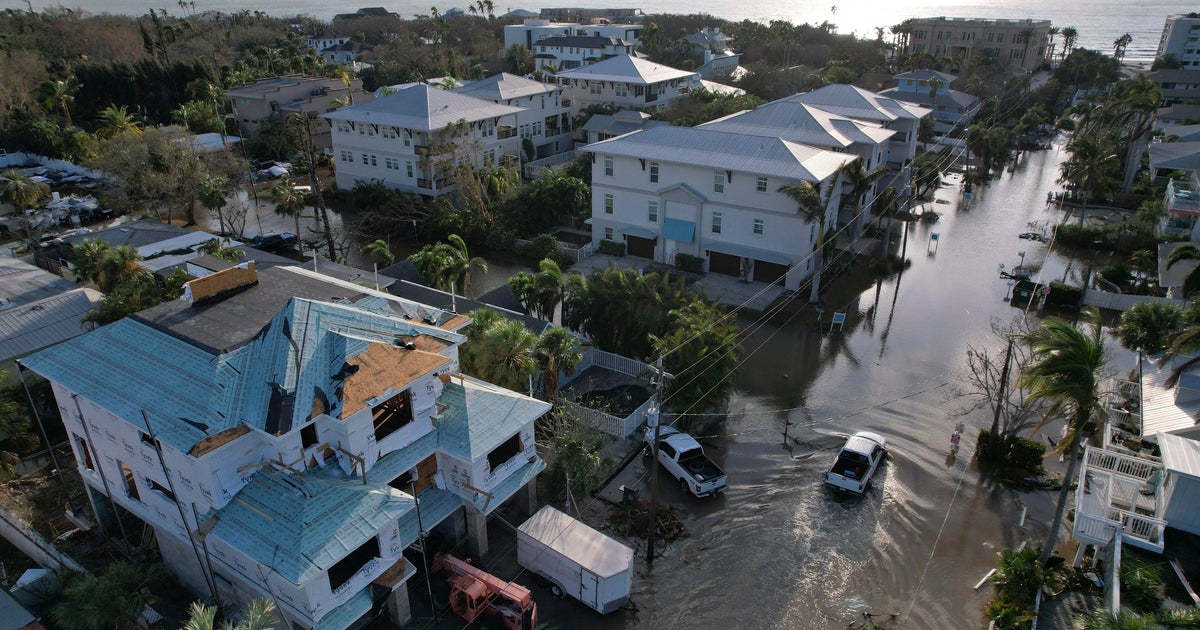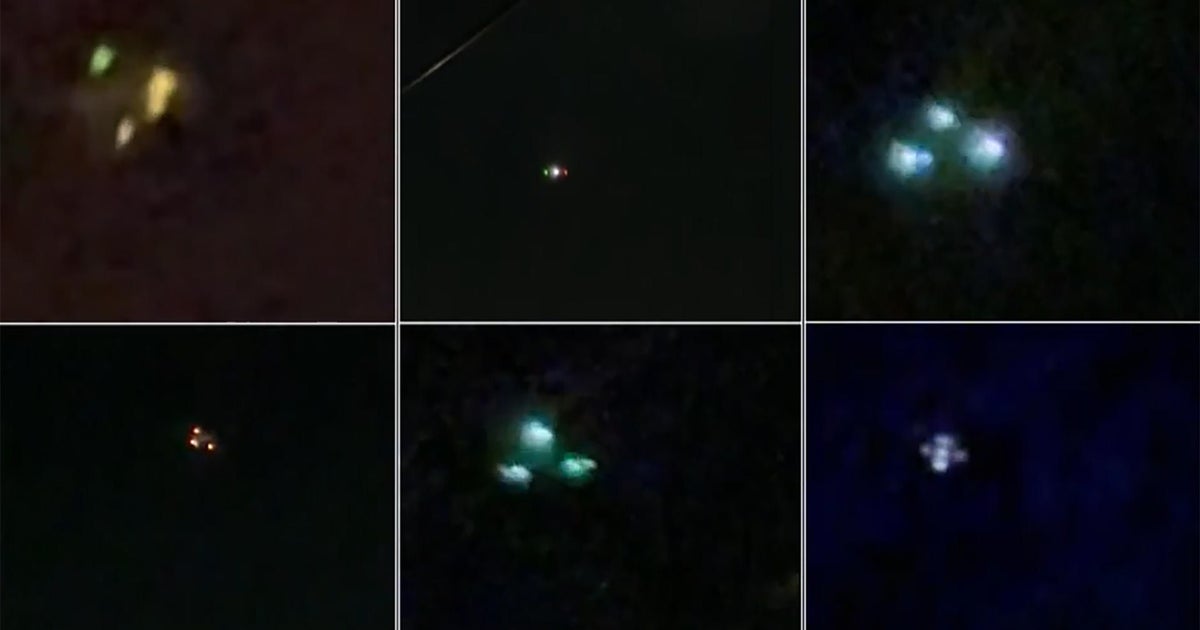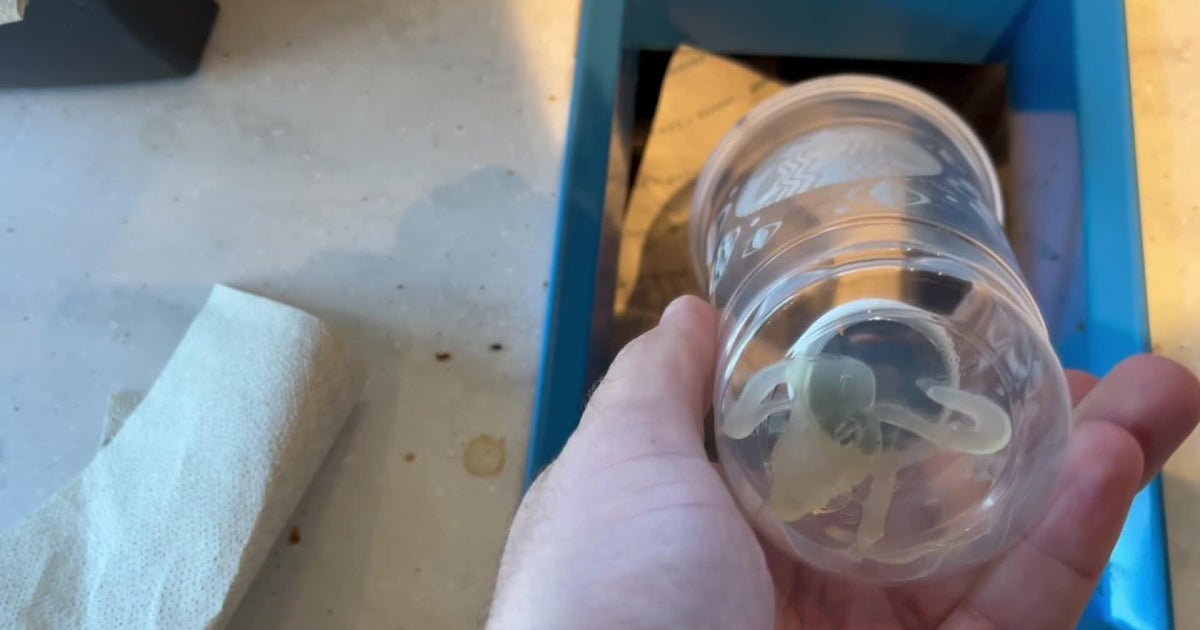Cubans in Havana take to the streets to protest third day without power
HAVANA - Cubans took to the streets on Thursday night to bang pots and protest across several neighborhoods in the capital Havana as the country entered its third day of blackouts following Hurricane Ian.
The massive storm, now plowing north along the southeast coast of the United States, caused Cuba's grid to collapse earlier this week. It knocked out power to the entire island of 11 million people, flattened homes, and obliterated agricultural fields.
For some Cubans, already reeling from shortages of food, fuel and medicine, the prolonged blackout was the last straw.
Jorge Luis Cruz, of Havana's El Cerro neighborhood, stood in his doorway on Thursday evening banging a metal pot and shouting in anger. Dozens of others on side streets around his home could be heard banging pots from terraces and rooftops in the dark.
"This isn't working, enough of this," said Cruz. "All my food is rotten. Why? Because we don't have electricity."
Cruz said his family did not want him to take to the street out of fear he would be hauled off to jail.
Protests on the street in communist-run Cuba are very rare. Last July 11, anti-government rallies, the largest since former Cuban leader Fidel Castro's 1959 revolution, rocked the island.
Police arrested more than 1,000 people, according to estimates from human rights groups, and hundreds of protesters remain in jail, official figures show.
Reports on social media showed small protests throughout Havana, and some provinces, beginning Thursday afternoon through early Friday morning.
Internet communications, by cell phone and landline, appeared to fall across Havana on Thursday just before 9 p.m. Communications remained down until around 3 a.m. on Friday.
It was not clear why communications had fallen.
In Havana, the pot-banging appeared to align with areas without electricity. Elsewhere in the city, streets were largely quiet.
Officials earlier on Thursday had announced progress in restoring power to Havana, where the lights were back on in neighborhoods throughout the capital. However, parts of the city, outlying provinces as well as vast swathes of western Cuba, still remained in the dark.



